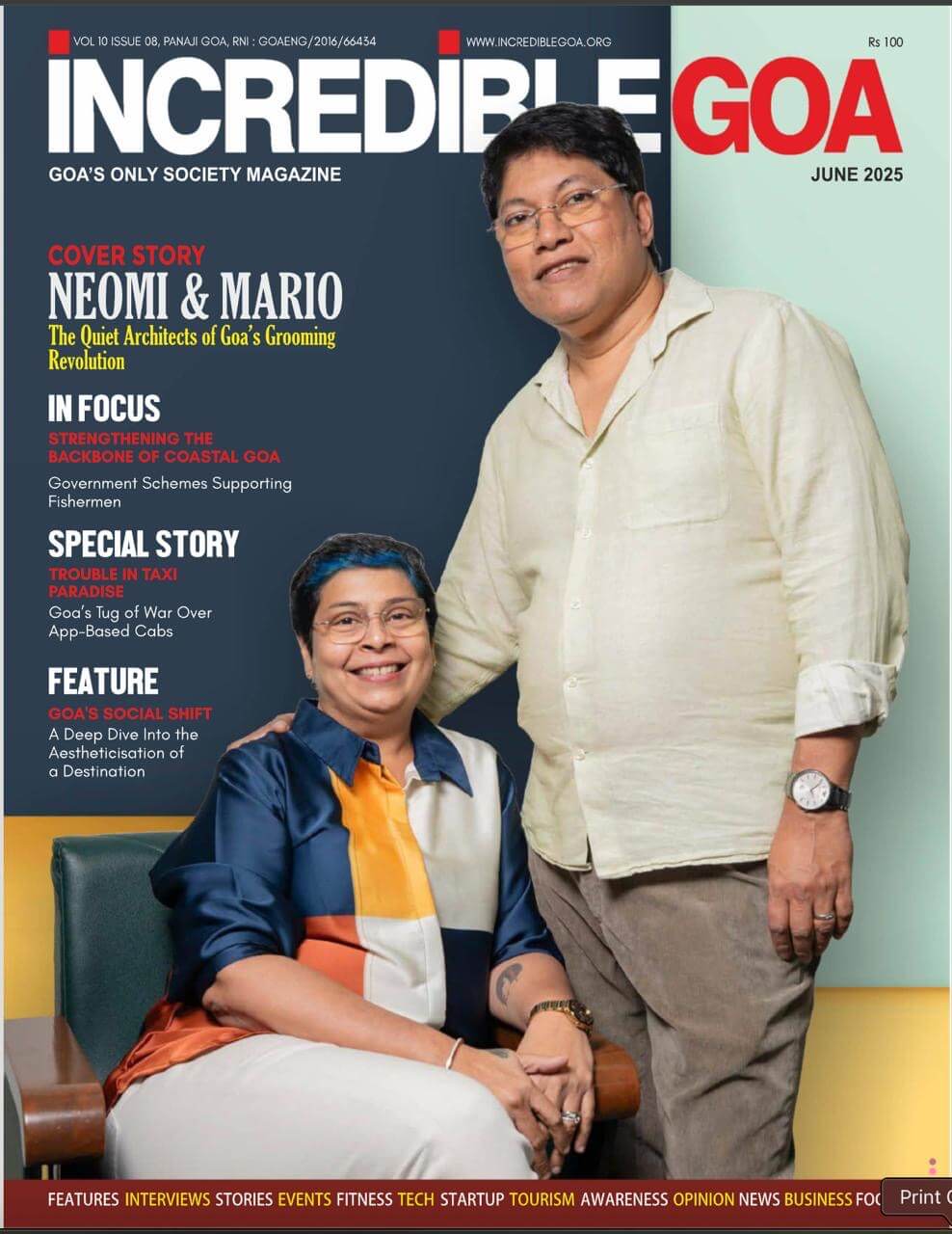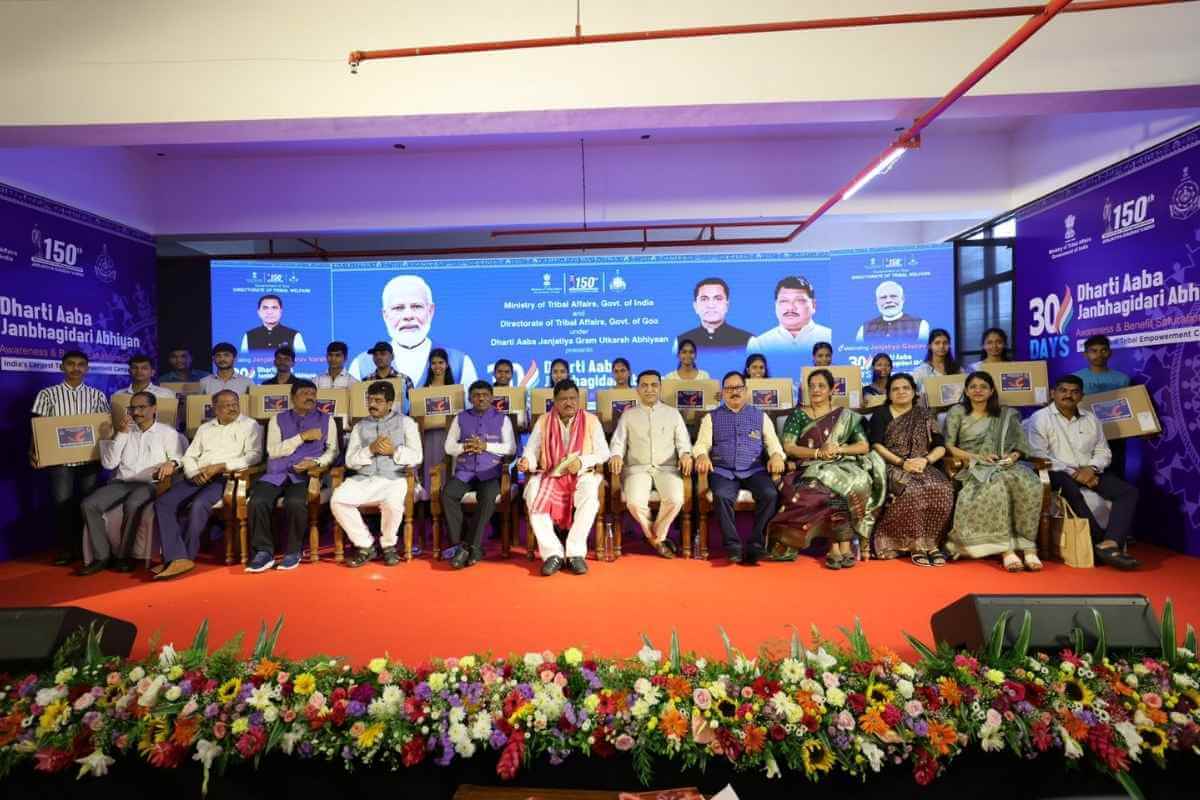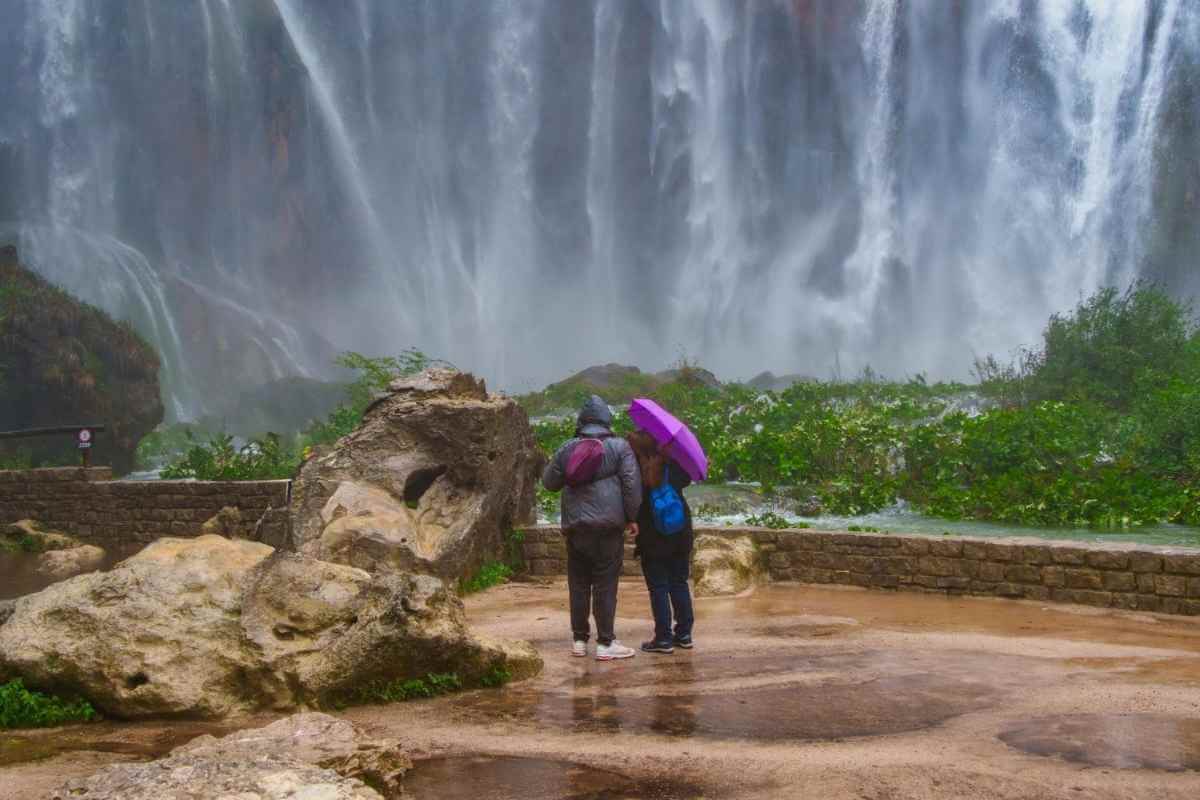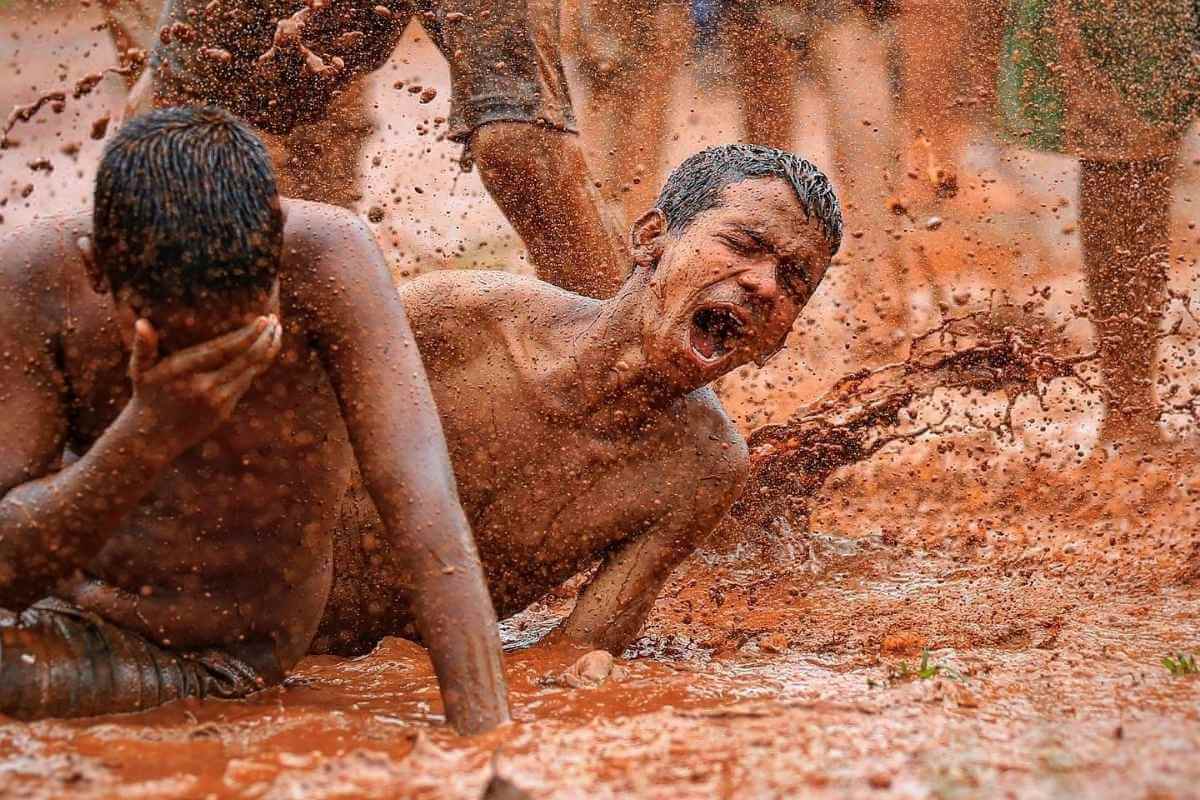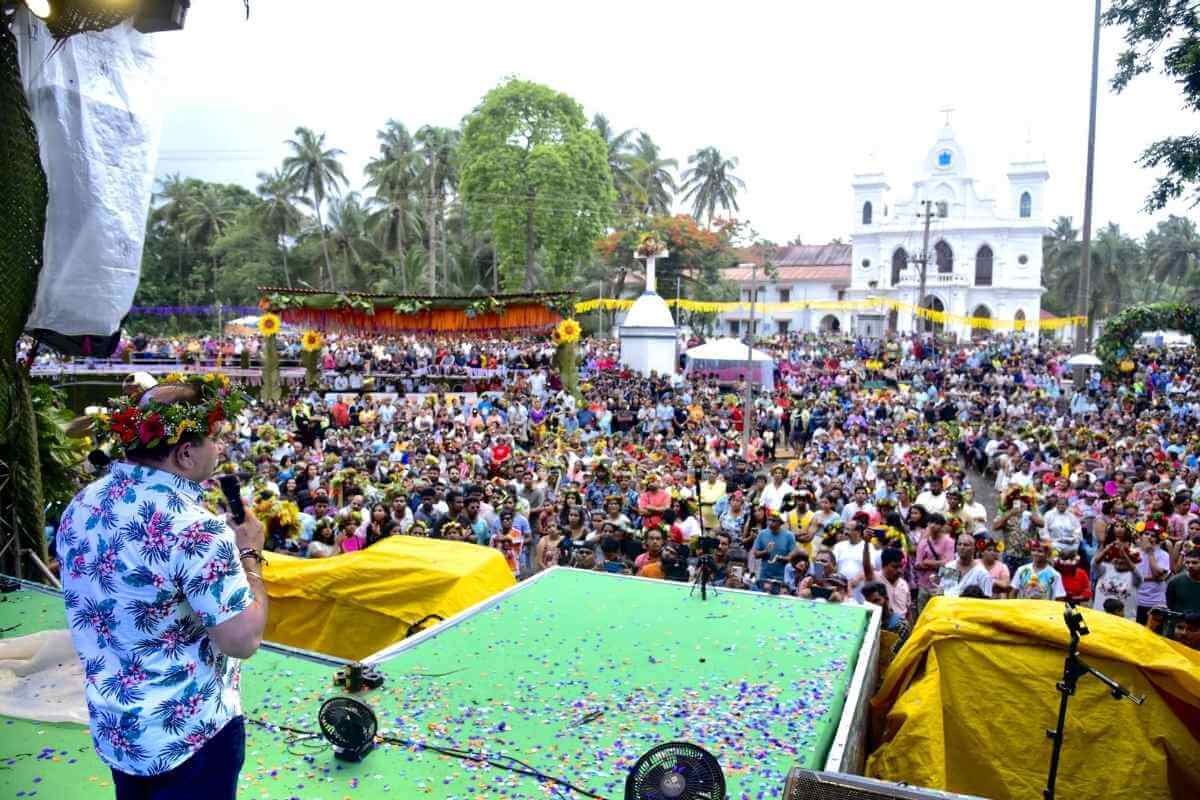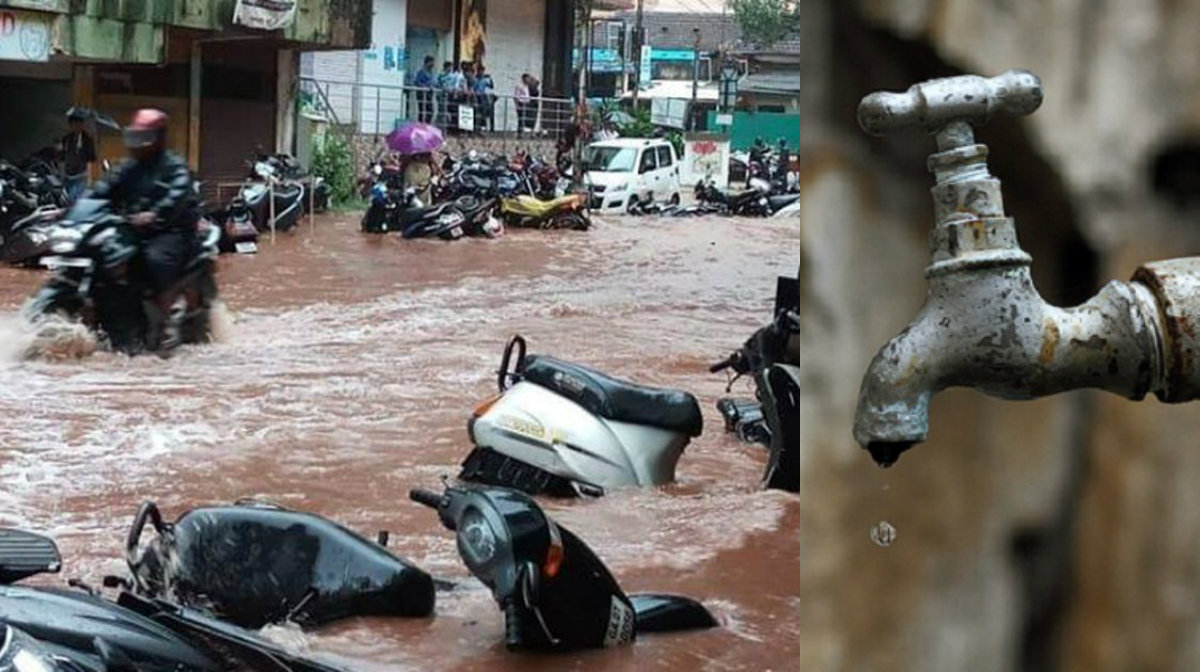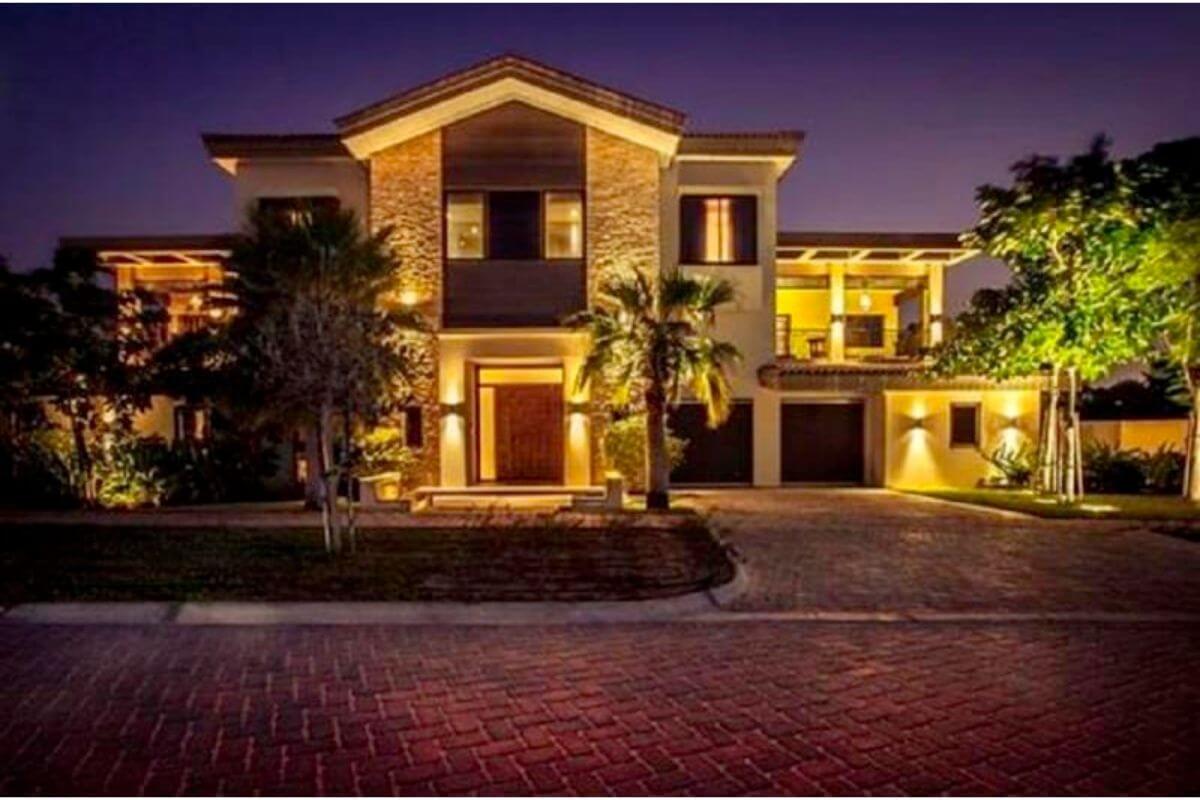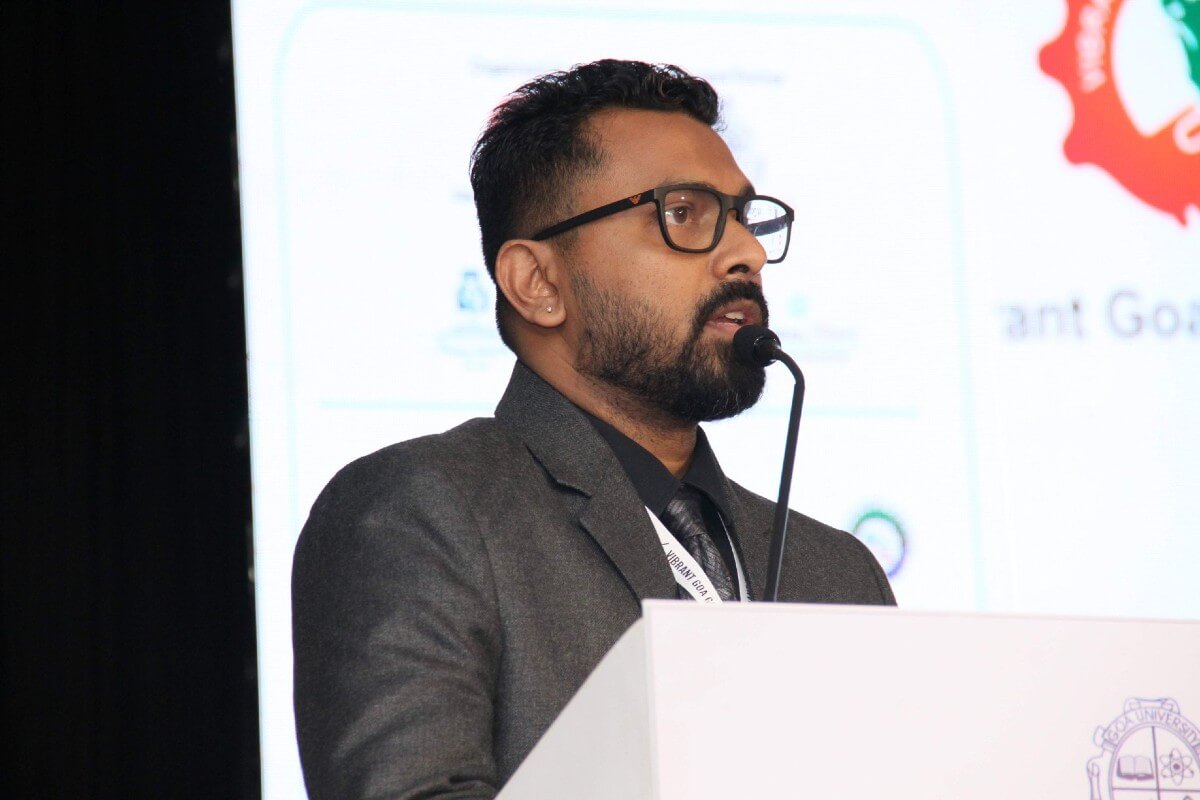As Goans pick up steam in opposition to the three linear projects proposed to cut across Goa’s rich Bhagwan Mahavir Wildlife Sanctuary and Mollem National Park, scores of activists, scientists, and students across community lines have come together to save these forests from being wiped off in the name of ‘development’.
Among several of the legal battles being fought, the boon of social media amid the coronavirus lockdown has enabled people to become more aware of what is at stake with regards to Goa’s environment and the levels of destruction that are going to result from such projects.
Besides this, a unique approach has evolved from a young student Kabir Naik, who, like many others, not only began working towards creating an online presence but went a step ahead and began creating awareness on the issue of Goa’s Mollem forests through various social media platforms.
While initially beginning with short videos highlighting the forest’s importance, this young lad has now released a Konkani rap song titled “Mollem Marta Ulle”. The song is released across platforms such as YouTube and Spotify and is aimed to amplify the voice for this entire movement to preserve Goa’s Mollem forests.
For young Kabir, this is not his first song. Previously, he has released songs on other issues such as the Mhadei river issue – a long battle the state has been witnessing.
“Before this song, I had done a rap song on the Mhadei issue and that was my first rap track. Rap has always been used as a medium to portray a message. I thought that I need to reach out to people and tell them the importance of Mollem through a song,” he says.
The release of this song comes at a time when not just Kabir, but several artists have been coming out with innovative concepts and ideas to spread and help build a community that can come together to safeguard Goa’s forests and ecosystem.
The rap song, written and performed by Kabir in Konkani, has a unique resemblance to the state’s identity and amasses thoughts and connections, thereby relating to a larger audience across the state. When asked about his choice of Konkani for the song, Kabir said that being the official language, this would connect better across communities far and wide.
“Konkani is our state language and I not only wanted just the city people but the people from Mollem and surrounding regions where the projects are going to affect, to listen to it. English would make it a very closed space,” he said.
“I wanted to connect to the right people by choosing Konkani and the locals from these areas will know the importance of these forest’s way more than us.”
‘Mollem Marta Ulle’ strikes a very important chord, highlighting the importance of the forests and the wildlife and everything that is at stake because of these three linear projects – highway widening, transmission power line and doubling of railway track.
The three ‘linear’ projects, reportedly not very far from each other, will divide the forests within the sanctuary into three different parts, resulting in a huge disconnect between the forests on either side of the project. Besides this, it will also result in major ecological and environmental degradation.
Having a passion at documentary film making, Kabir Naik – who loves to present himself – says that Goa is much more about its beaches, and its rich biodiversity is an untapped area, even among the local population. To obliterate this, he, along with famous naturalist and wildlife photographer Omkar Dharwadkar have begun a weekly series titled “Wildlife of Goa”.
“Goa is mostly portrayed as a beach destination with parties and stuff, but Goa has amazing biodiversity and very few people know about it. The aim of the series is to reach out to people and tell them that Goa is more than just the beaches,” said Kabir.
Across platforms, the support that Kabir and his team have received is tremendous, as many, amid a coronavirus pandemic, have become aware about this ‘social issue’ that is plaguing our rich and fragile forests along the Western ghats.
“During the entire movement (to save Mollem), we have not come out on the streets yet in large numbers, however, it tells us the power of social media. Even if people can’t go out right now, they are strong and supportive. This is the positive aspect of social media,” says Kabir.
And every day, as artists, songwriters, illustrators, writers come together through the digital world, it only sets the flame stronger in this combined effort to save Goa’s Mollem.
The Author : Ronnan Da Cunha


